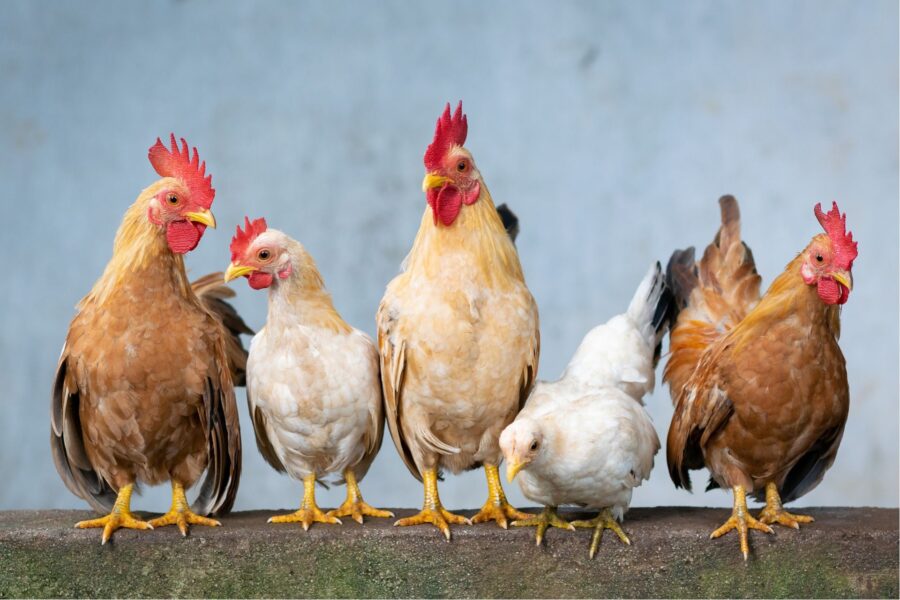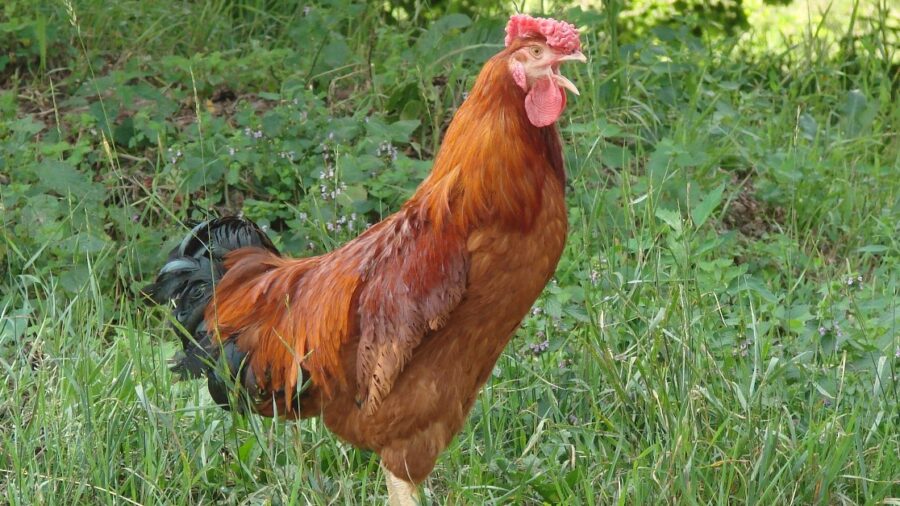Scientists Can Now Speak Chicken Thanks To Latest Technology?

AI is getting into some pretty exciting territory that doesn’t involve undermining the work of Hollywood writers, according to The Byte. Through the use of a technique called Deep Emotional Analysis Learning, a team of researchers in Japan have found out a way to crack the chicken code, and study the language of our favorite walking birds through the use of complex mathematical algorithms.
Cheok’s team fed the series of clucks and bawks into an advanced algorithm that is allegedly able to decipher the various emotional states of our poultry pals.
Though it’s up for debate whether we need to know what chickens are thinking, the research is fascinating, and just another step toward understanding not just chickens, but the animal kingdom as a whole.
The chicken language experiment (that’s what we’re calling it now) – led by University of Tokyo professor Adrian David Cheok – is a process that involves a team of researchers recording and analyzing vocal samples from 80 chickens.

If the research is validated through other studies, we’ll be able to know when a chicken is content, angry, afraid, happy, or distressed.
After gathering the data, Cheok’s team fed the series of clucks and bawks into an advanced algorithm that is allegedly able to decipher the various emotional states of our poultry pals. The research was further extrapolated by teaming up with a group of animal psychologists and veterinary surgeons who used the data to pinpoint a chicken’s mental state.
Though the study has yet to be peer-reviewed, it claims that the team behind the research can now interpret, with a high degree of accuracy, the meaning behind various chicken vocal patterns. In other words, if the research is validated through other studies, we’ll be able to know when a chicken is content, angry, afraid, happy, or distressed.
But studying chicken language isn’t as cut and dry as one would think. The researchers involved in the study mentioned that they’re working with a small sample of chicken language and still need to consider the various chicken breeds outside of their dataset, as well as different environmental conditions that may influence how they talk (or cluck). There are also non-vocal cues in the chicken lexicon such as body language and social interactions that need to be further studied and reviewed.
The Significance Of Understanding Chicken Language
You may be wondering why scientists are trying to understand chickens at such a high level, and Cheok has just the answer for this question. In a statement, Cheok stated that this research is “just the beginning” and suggested that there are practical applications that can be used on other animals once they lay out the groundwork. Studying chickens is just the beginning of this exciting research, and if proven successful, then we can start studying other animals in a similar fashion.
In an ideal world, we can get a firmer grasp on how other animals think and feel through the use of artificial intelligence and Deep Emotional Analysis Learning. Just imagine bringing your dog to the vet because the chicken language experiment eventually paved the way for breaking down and deciphering a dog’s native tongue. Maybe your pup isn’t growling because it’s angry, but rather because its stomach hurts!
Today Cheok and his team are studying the language of chickens. But the world of tomorrow can bring us language models for every other pet and barnyard animal that will only make our relationships with our animal counterparts stronger.












